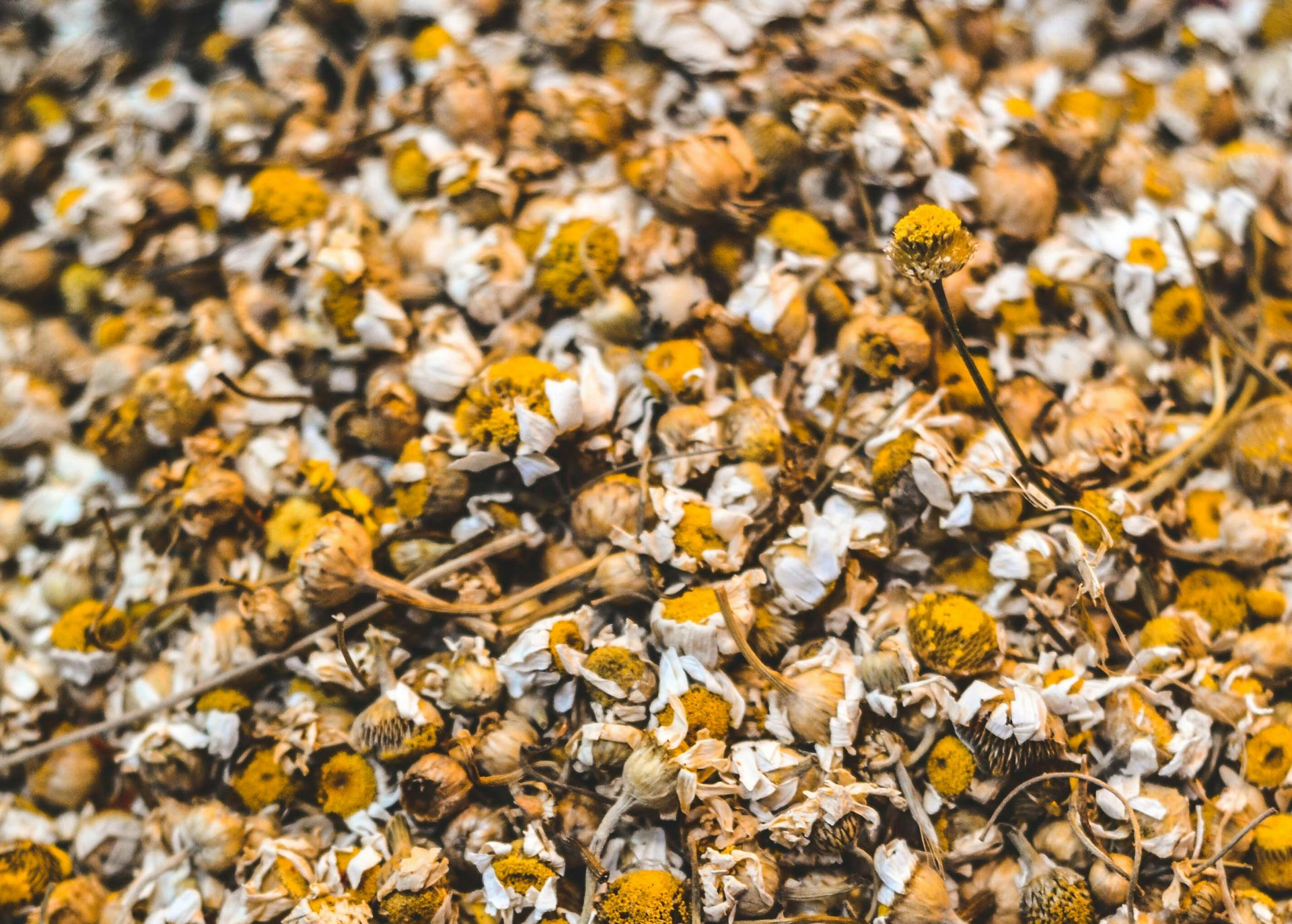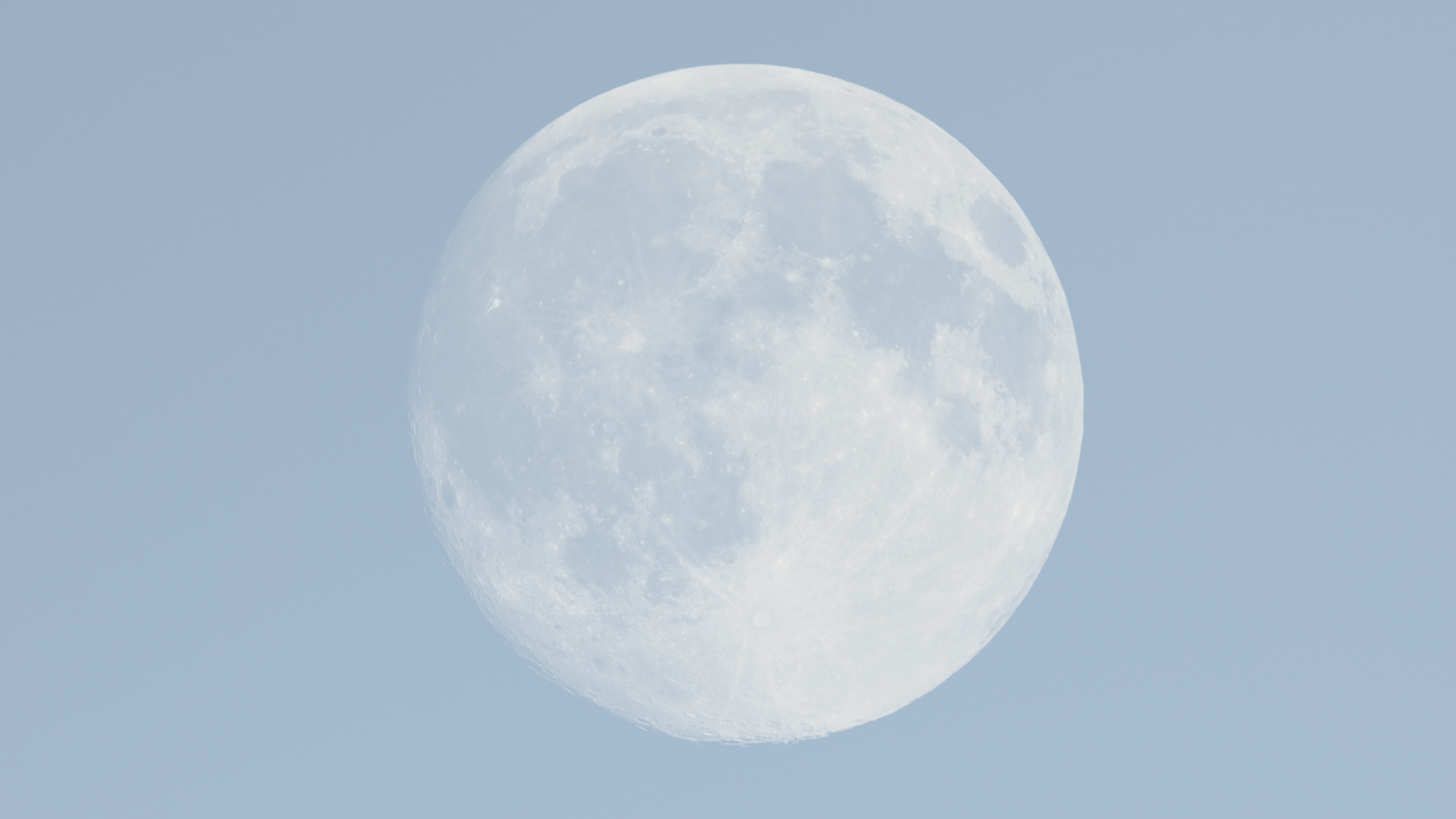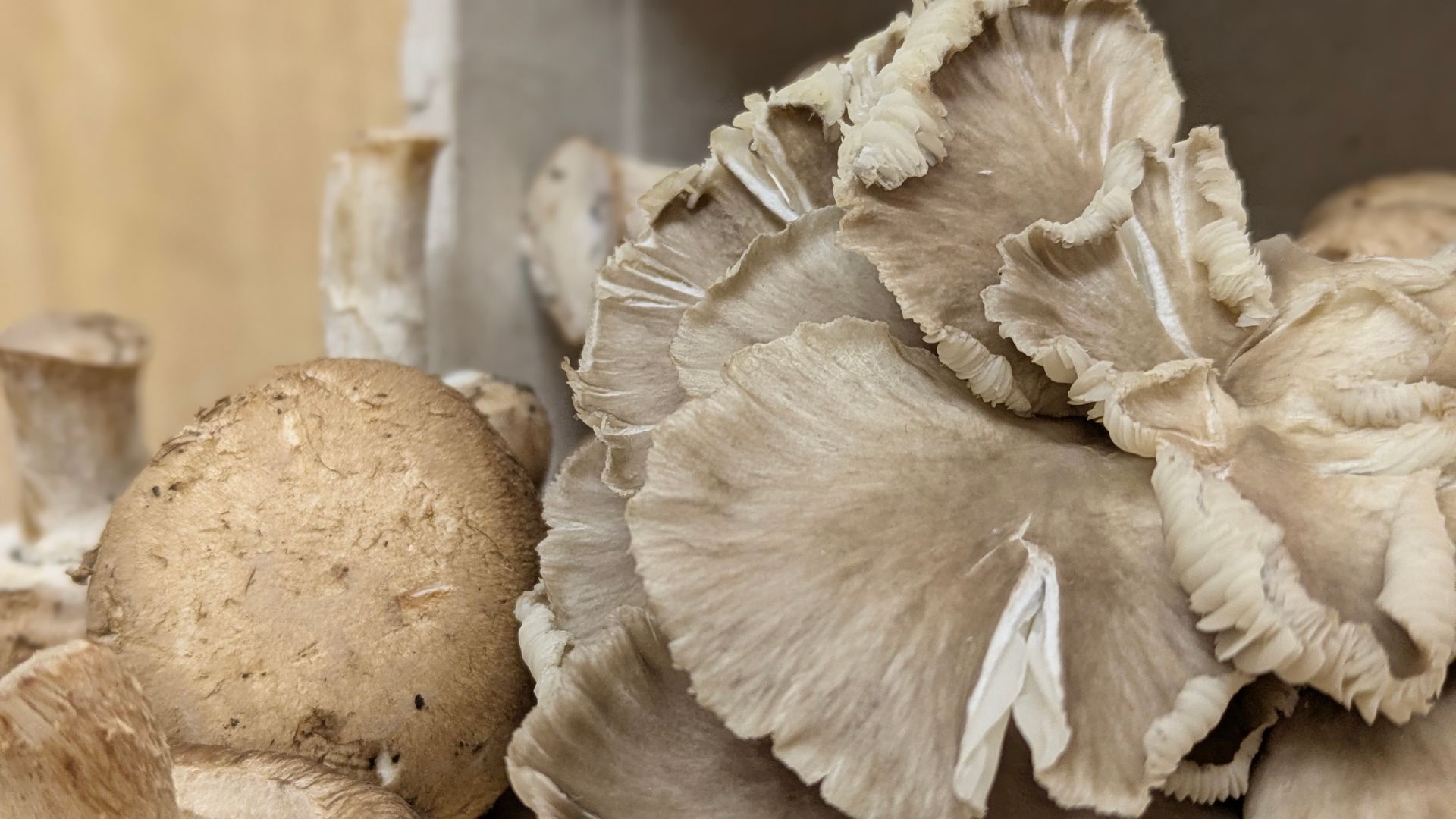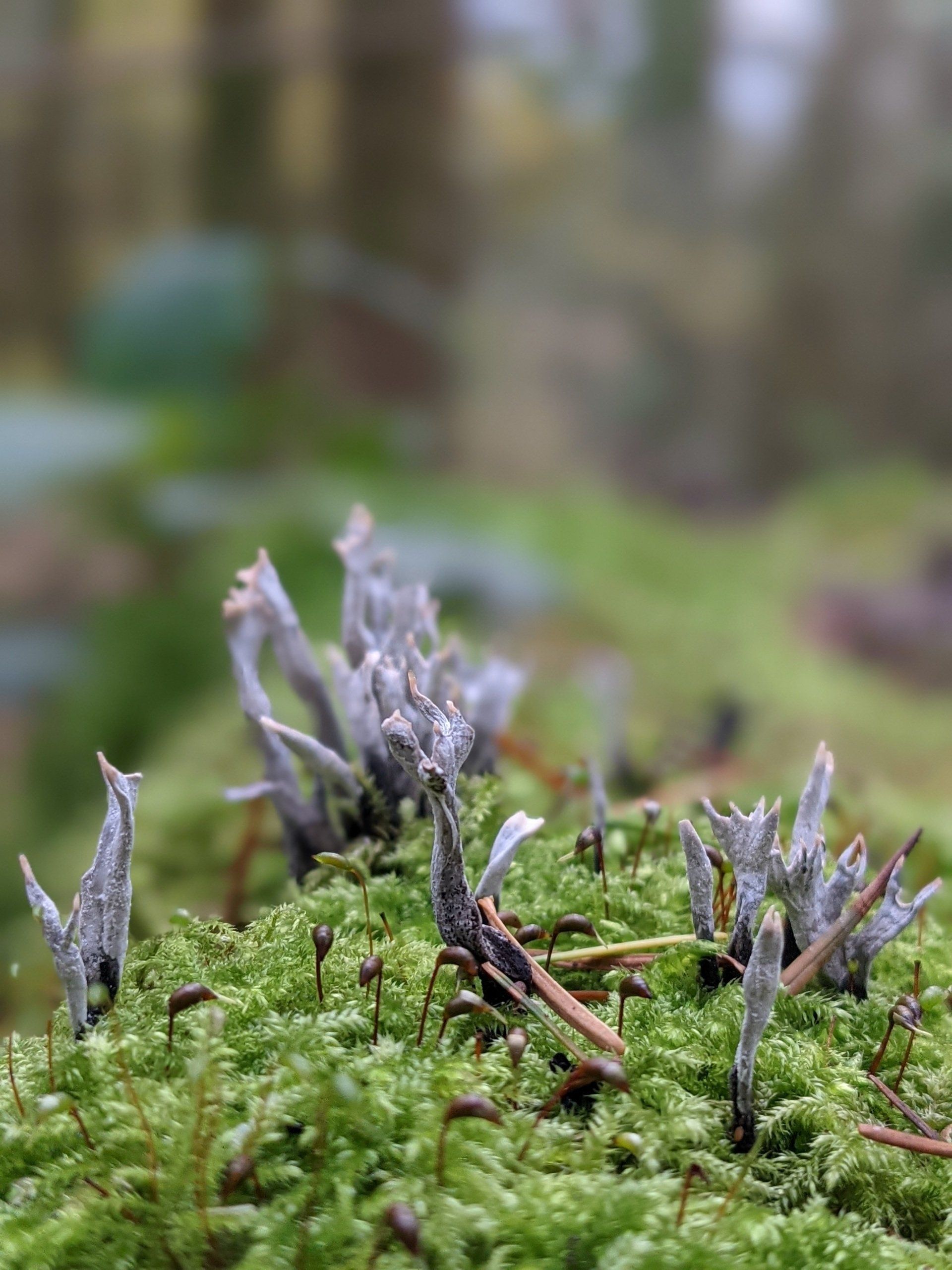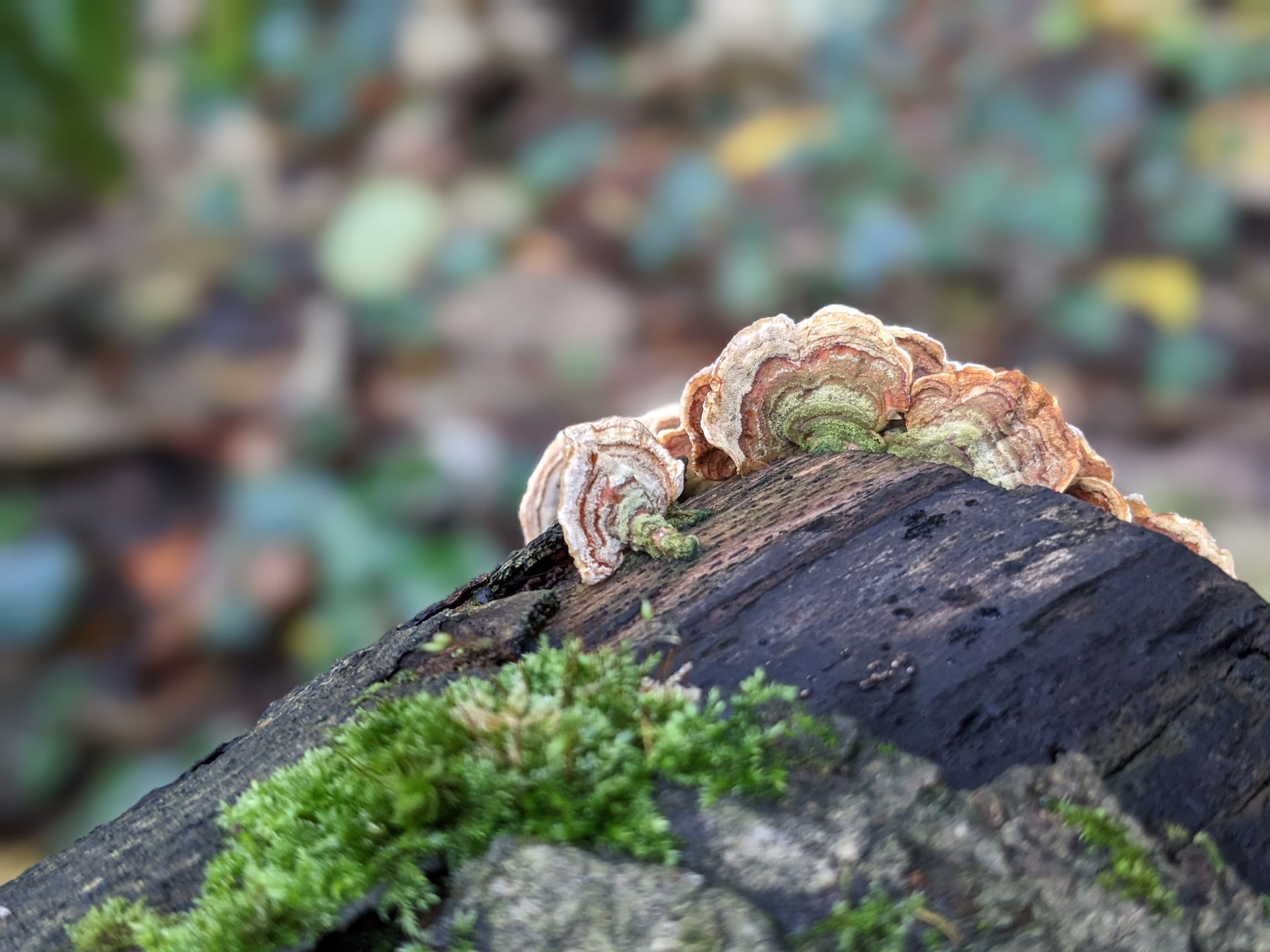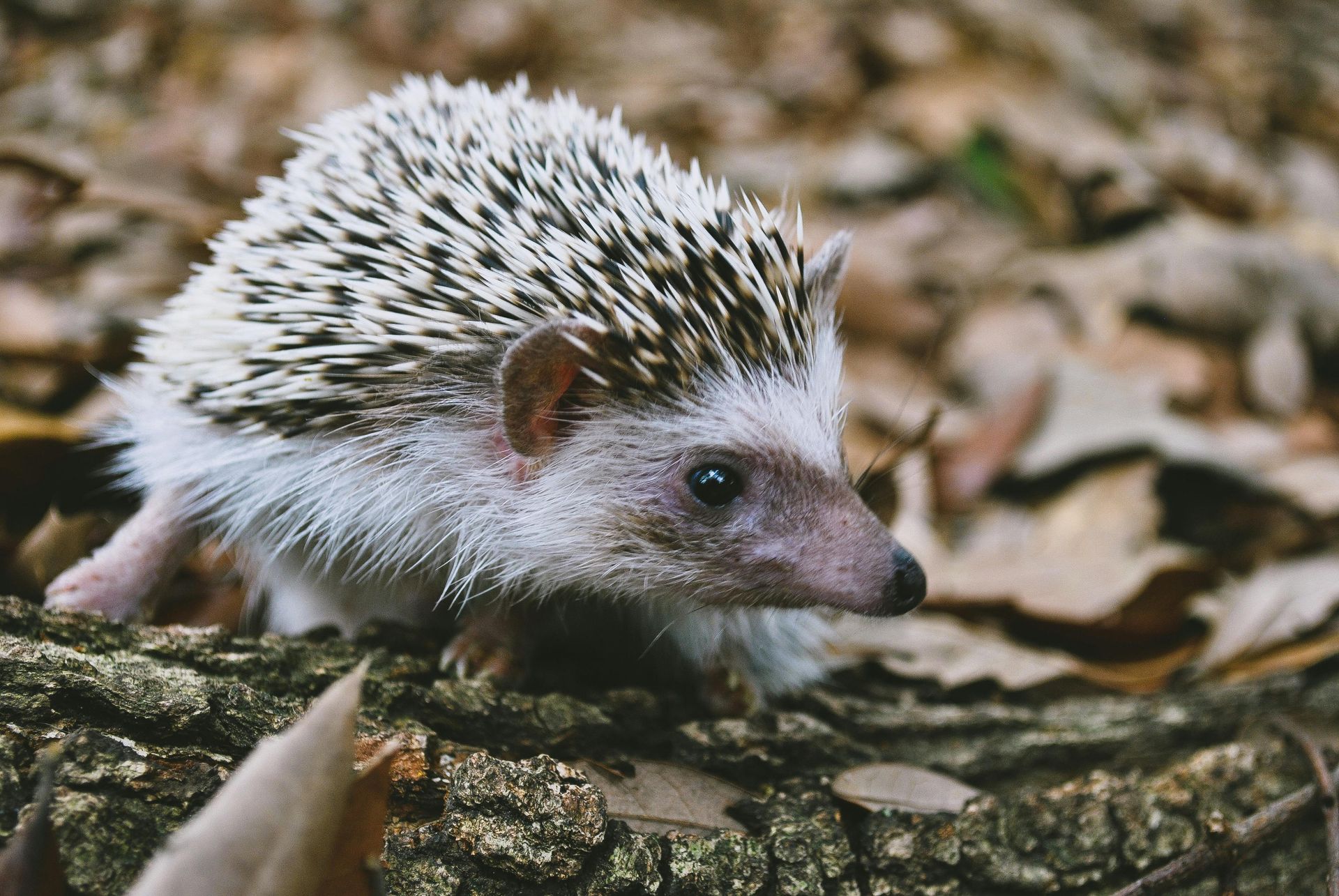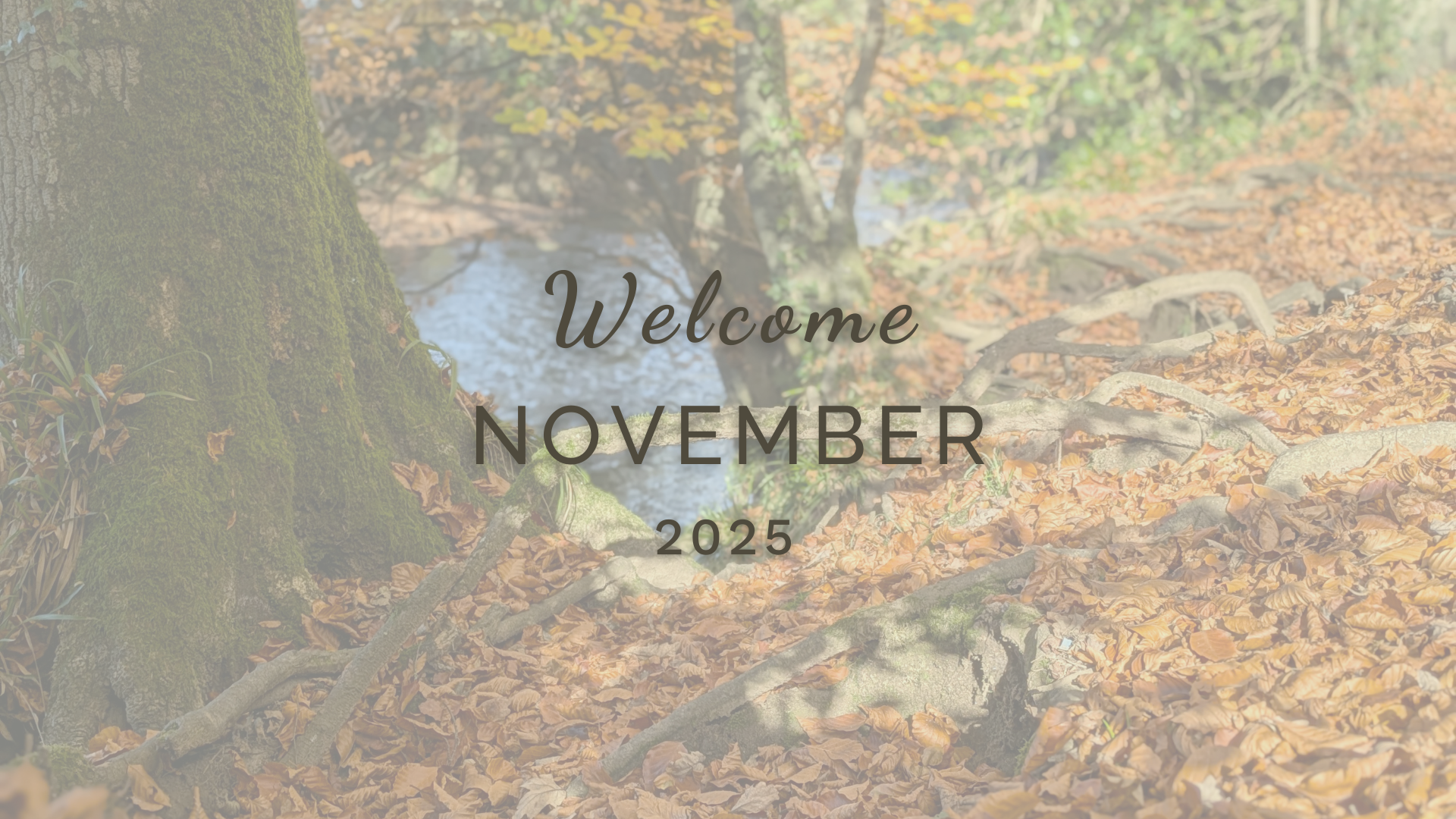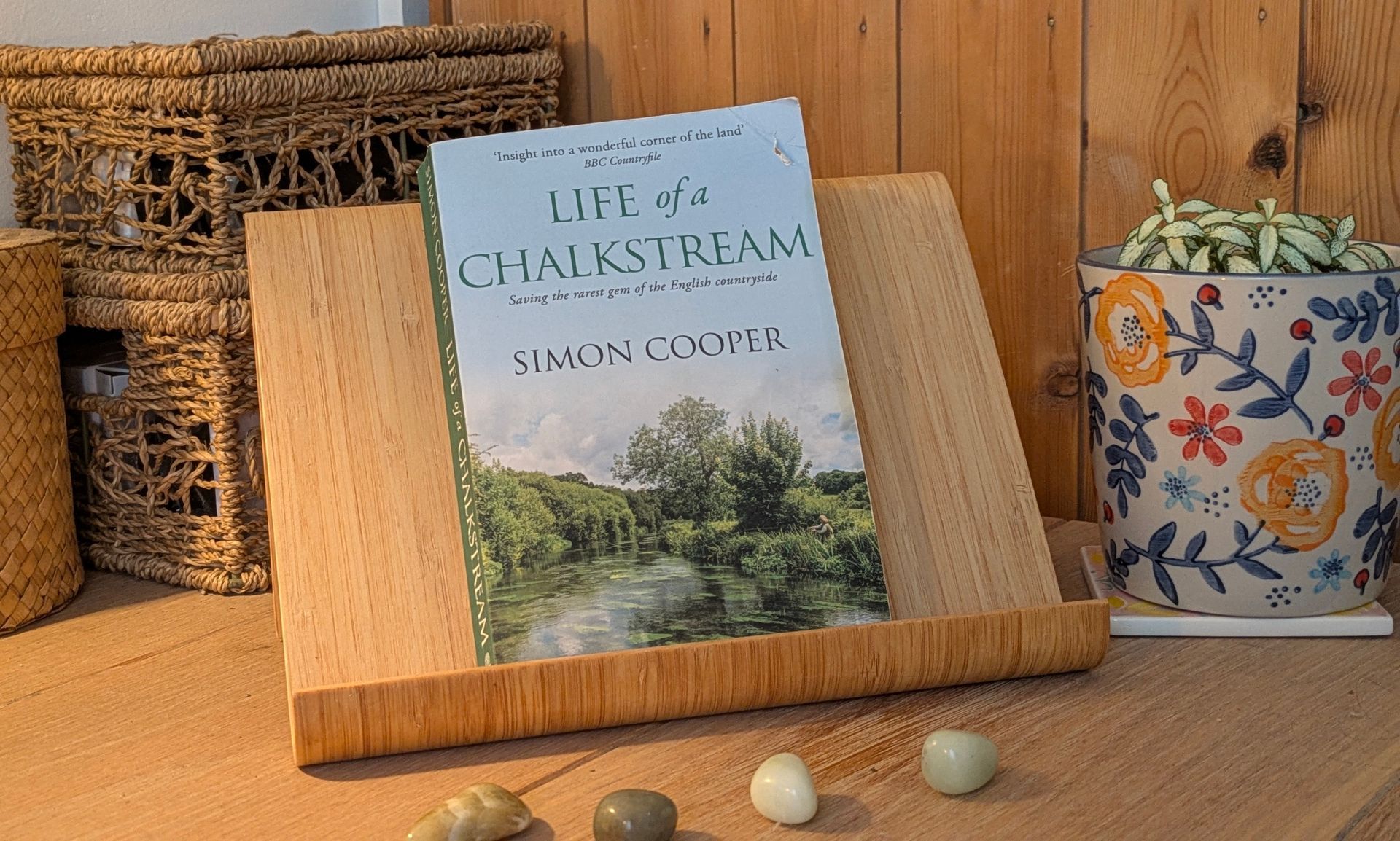A Healing Herb (Chamomile)
A herb that teaches gentleness and brings about a sense of calm
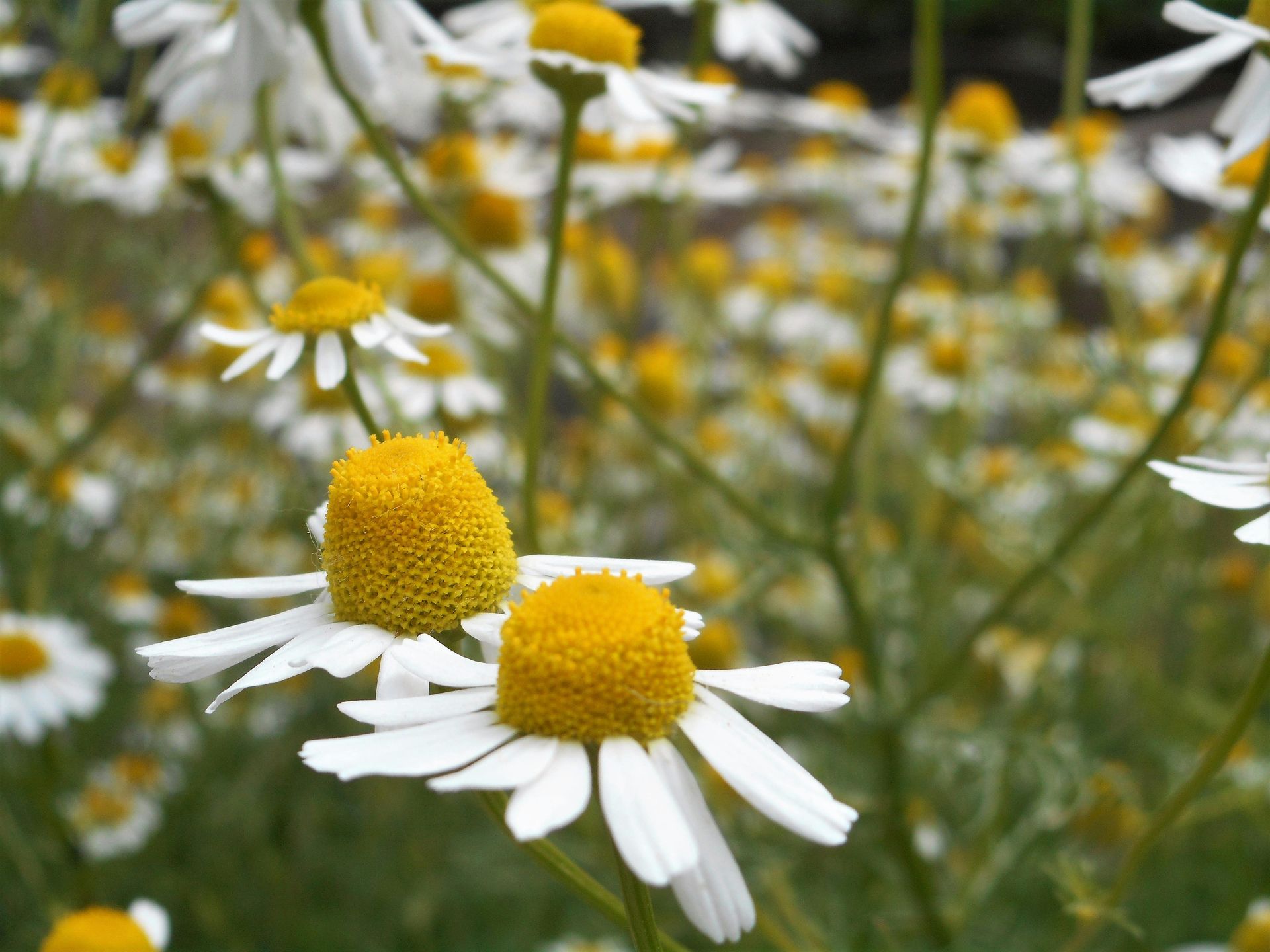
A Healing Herb Guide
Chamomile is the sixteenth herb to feature in my Healing Herb Guide.
Camomile is possibly one of my most favourite herbs. The flowers bring their stunning centres of golden yellow seranaded by gently sloping petals in swirls of brilliant white. They remind me of ballerinas, dancing in synchronicity whenever the breeze stirs, bringing their gifts of calm and tender healing for human beings and a colourful lift to grasslands, waste ground, coastal paths, roadsides, paths, gardens.
Chamomile is a mat-forming, aromatic herb with finely divided, green leaves and pure white, daisy-like flowers springing from a bright yellow centre. This charming, ground-hugging herb releases a refreshing apple-like scent when crushed. English botanist, herbalist and physician, Nicholas Culpeper [1616 - 1654] attributed Chamomile to the Sun, and spoke of the leaves being pleasantly fragrant, hence its use as a lawn plant, but also in aromatherapy.
The word Chamomile comes from the Greek words khamai meaning on the ground, and melon meaning apple. This relates to its low-growing nature and apple-scented fragrance. The use of Chamomile dates back to ancient civilizations with its beautiful flowers revered for their soothing properties and pleasant aroma.
Chamomile has been used for its calming and relaxing effects for centuries and is today connected with self-care, mindfulness and holistic treatments. It is a popular ingredient in herbal teas, skincare routines and aromatherapy practices. It is a cherished and beloved flower, embraced for its healing qualities and ability to promote a sense of serenity in our fast-paced world.
I hope you enjoy discovering the life-giving and healing benefits of Chamomile - a gentle healing herb that will serve you well in support of your general good health, healing and wellbeing.
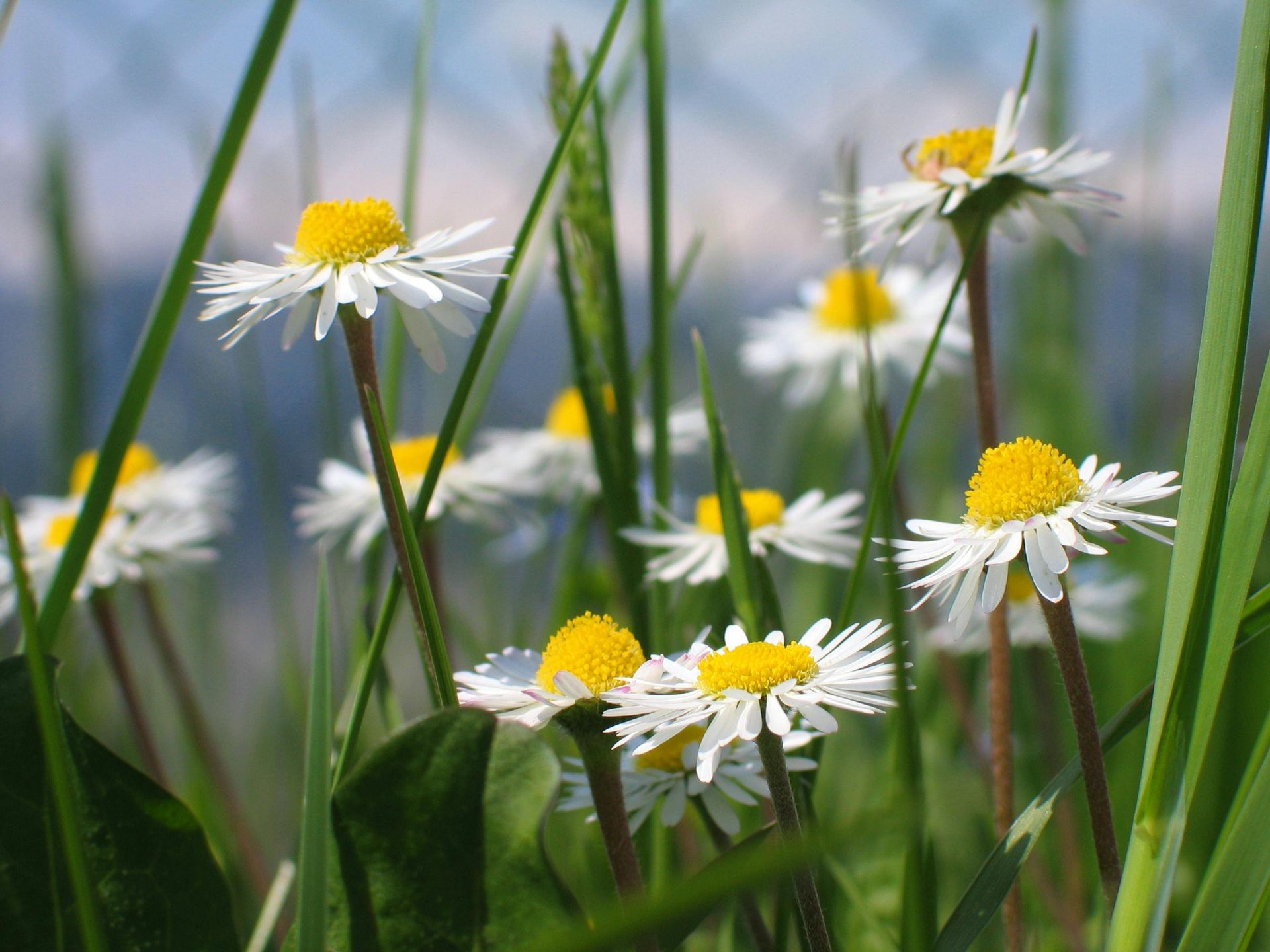
Folklore
Chamomile has been associated with various cultural beliefs, myths, folk remedies and traditions throughout history.
In ancient Egypt, it was offered to the Sun God (Ra) as a symbol of healing and protection. In Norse mythology, it was associated with Goddess Frigg, mother of marriage, motherhood and foresight, to whom Chamomile symbolised peace, domestic harmony and soothing comfort. In Greek mythology, and Apollo considered Chamomile to be a symbol of patience and endurance. Other mythical connections demonstrating its significance in different cultures throughout history.
There is also Wild Chamomile known as Pineapple Weed which has a fruity, pineapple-like aroma. In folk medicine, Pineapple Weed has been used for centuries to aid digestion, promote relaxation and bring about sleepiness. It was also used as a mild pain reliever. You may have noticed it growing on your lawn, in hedgerows or on pavement edges. Pineapple Weed is not as therapeutic as Chamomile but is a good alternative.
Chamomile is similar to the herb, St John’s Wort, due to its association with Midsummer's Day. Chamomile wreaths were added to doors on June 24 in Pagan times to ward off misfortune in the months ahead. In Germany, farmers’ wives hung Chamomile indoors as it was believed to sway, if a visitor's true thoughts were not to be trusted. In Tudor England, Chamomile was planted liberally as it symbolised patience, humility and resilience. It was also used in spells to help a person bounce back from rejection.
If you want to plant your own Chamomile or take on the challenge of creating your own Chamomile Lawn, you can choose between self-seeding German Chamomile or hardy perennials, Roman or English Chamomile. The latter are better for creating lawns as they provide the best ground cover and tolerate light foot traffic more easily.
Nutrition
All parts of the Chamomile plant (flowers, stems and leaves) can be eaten raw and contain many beneficial antioxidants. The flowers have a mild, sweet, herbal flavour that can enhance many fresh food and cooked recipe applications.
Chamomile contains macro-nutrients such as carbohydrates, protein, fats and fibre together with vitamin C, calcium, copper, zinc and iron - all of which are essential to keep the body healthy. The Chamomile flowers contain active chemical compounds such as chamazulene, apigenin, luteolin, beta-carotene and bisabolol, together with phenolic compounds including tannins, terpenoids, flavonoids and natural steroids.
All the benefits of this delightful herb can be enjoyed by making Chamomile Herbal Tea (see below) or by blending a few drops of organic Chamomile Essential Oil into a pure carrier oil to massage onto your skin (see below).
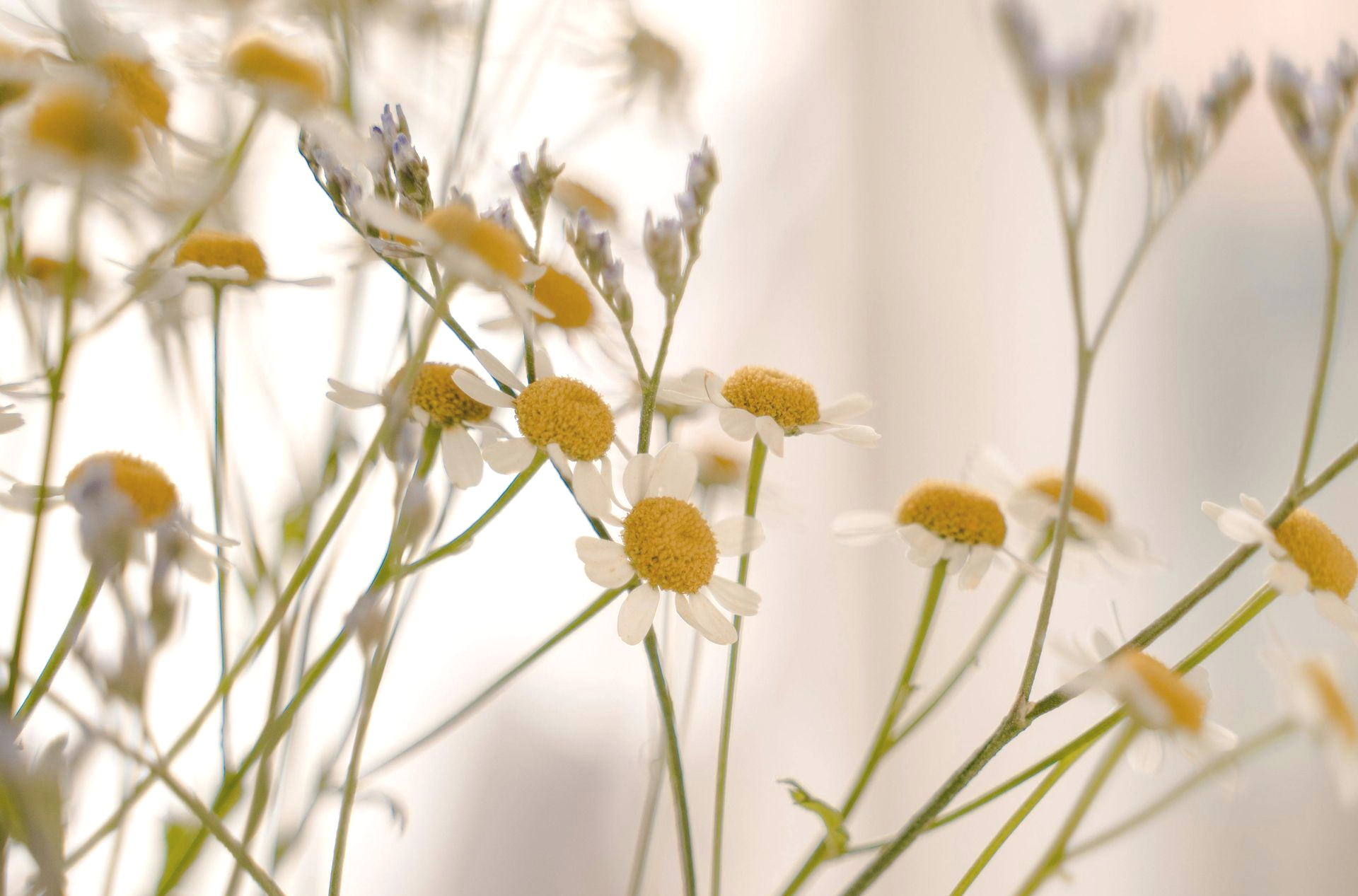
Remedies
Chamomile is rich in a compound called azulene which is an aromatic Essential Oil that has been used in herbal remedies, beauty products and therapeutic treatments throughout history.
As many experiments have revealed over time, simply soaking the fragrant flowers of Chamomile in hot water, pure carrier oils or alcohol-based produces, creates an elixir that has the ability to calm the body, relax the muscles and soothe digestive issues over time. This is because Chamomile has antispasmodic and carminative properties that can also help to soothe cramps in the gastrointestinal tract, remove excess gas and improve overall digestion.
Chamomile is known as the gentlest of herbs because of its dual affinity with the nervous and digestive systems making it perfect for times when the effects of momentary nervousness or anxiety are felt in the mind or body. This is why Chamomile is very helpful in calming nerves, relieving nausea and removing motion sickness. It is why it Chamomile is used as an effective and gentle treament for colic, croup and fevers in children.
Chamomile is a
nervine
which is described as
a plant remedy that has a beneficial effect upon the nervous system in some way.
It is also a mild herbal sedative which is why a cup of Chamonile Herbal Tea with added fresh herbs such as Lemon Verbena,
Mint and
Lemon Balm (see below) is a comforting bedtime companion that will ease restlessness and bring about restful sleep.
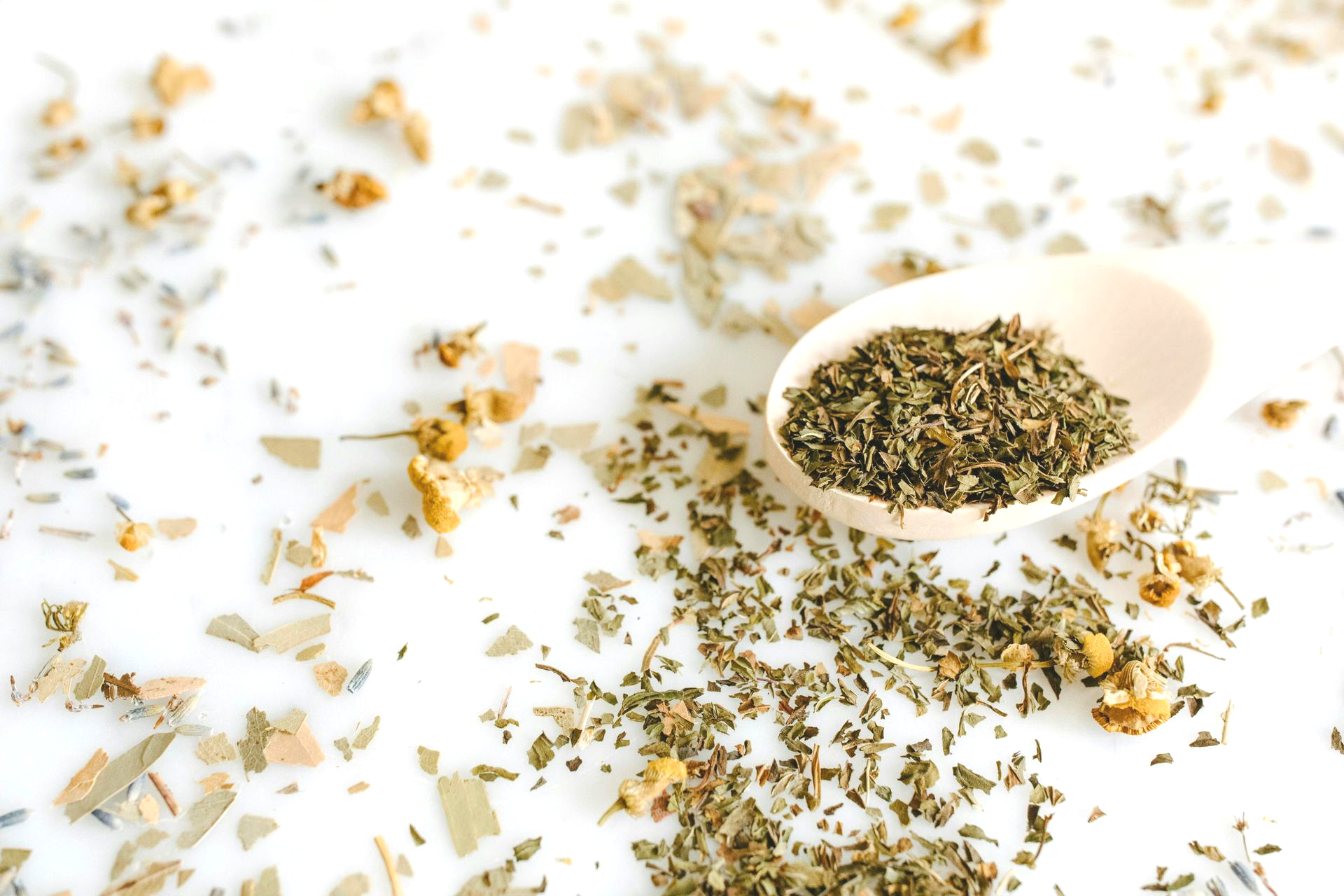
Recipes
The entire Chamomile flower is edible, including the petals and the yellow centers. The blooms can be lightly torn and tossed into green salads or used as an edible garnish for roasted meats. You can sprinkle the flowers on salads or use them to flavour soups, baked recipes, jams, candies and salad dressings. They are also used to flavour ice cream and cocktails or to create a decorative garnish.
Dried flowers from German Chamomile are commonly used in teas. Roman Chamomile is more often used as a mild flavoring in beverages and foods.
Fresh Chamomile Tea (internal application)
The beauty of a herbal tea is that it can be made quickly using fresh or dried Camomile flowers. All you have to do is pour just-boiled filtered water over fresh Chamomile flowers with a few sprigs of Mint before steeping for 5-7 minutes. To serve, pour into a teacup, using a fine mesh strainer if needed.
- 3-4 x tablespoons of fresh Chamomile flowers or 1-2 teaspoons of dried Chamomile flowers
- 1-2 x fresh sprigs of Mint
- 1 x 8oz just-boiled filtered water (cup or mug)
NOTE: Take into consideration your cup or mug size whereby a 1/4 cup of fresh Chamomile in a small cup might be too much.
Fresh Chamomile Oil (external application)
Chamomile Oil is a perfectly natural and gentle treament for irritated, inflamed, dry or tired skin. Remember that fresh plants have a higher water content than dried ones so bear this is mind when making your infused oil.
- Pick a bunch of fresh Chamomile flowers.
- Place in a single layer on a paper towel or tea towel and leave to wilt over night.
- The next day, heat the flowers in 250ml of light carrier oil such as Algan, Almond or Johoba Oil. Use a double boiler and heat very gently for 20 minutes. This is now ready to use.
- Alternatively, place the flowers directly into the base oil and allow to infuse in a cool, dark place for over 3 weeks.
- Strain into a dark glass container, label with the date and use as required.
NOTE: If you don't have access to wild or dried Chamomile, add a few drops of organic Chamomile Essential Oil instead.
I hope you are enjoying this ongoing series of posts about the healing powers and health benefits of herbs that can be grown in any sized garden, in pots - or found growing in the wild - free to discover and free to forage for your good health.
I hope you enjoy adding Chamomile to your herbal teas, baths, skin care routines and baking recipes where you can benefit from its calming, relaxing, healing and decorative properties.
Much love
Sue Xx
Thank you for sharing!
for you, for me and for Mother Nature
Latest Posts
All Posts

